
Biomarker testing transforms non-small cell lung cancer treatment, enhancing outcomes through targeted therapies and next-generation sequencing for better patient care.

Biomarker testing transforms non-small cell lung cancer treatment, enhancing outcomes through targeted therapies and next-generation sequencing for better patient care.

How would you counsel these patients?

Nipocalimab the first and only FcRn blocker approved in anti-acetylcholine receptor– or anti-muscle-specific kinase adults and children with generalized myasthenia gravis.

Pharmacists can perform MTM consultations and provide clinical recommendations to the health care team.

Artificial intelligence (AI) models enhance cancer cachexia detection, improving accuracy in predicting muscle atrophy and patient outcomes through advanced biomarker analysis.
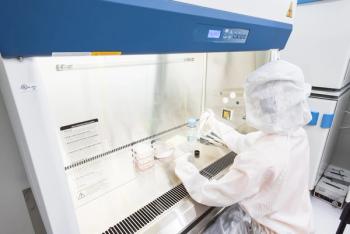
As the cell and gene therapy pipeline expands, experts at Asembia’s AXS25 Summit emphasized the need for error-proof logistics, value-based access strategies, and coordinated reimbursement models.

At Asembia’s AXS25 Summit, Shea Hudson spotlighted how pharmacists are transforming into essential clinical partners through advanced technology, patient advocacy, and value-based collaboration.
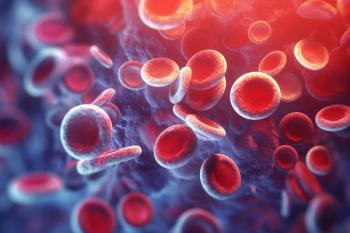
Explore the latest advancements in chronic lymphocytic leukemia treatment, focusing on BTK and BCL2 inhibitors, monoclonal antibodies, and patient management strategies.

Experts emphasize the need to understand patient journeys, navigate complex value chains, and strategically match the right patients with groundbreaking therapies.

Experts share operational challenges and patient care implications of the Inflation Reduction Act's (IRA) drug pricing reforms.

A novel orally bioavailable RIPTAC therapeutic targeting the p53-Y220C mutation demonstrates selective cancer cell killing by inducing proximity between mutant p53 and an essential protein, offering a promising new strategy for treating historically untreatable tumors.
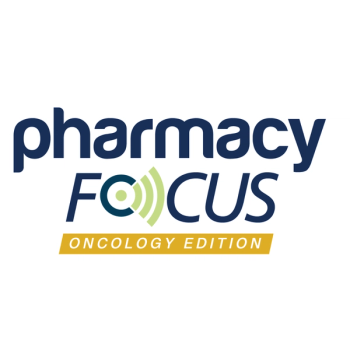
Pharmacists discuss how drug design impacts drug efficacy and indications for HER2-low and -ultra-low breast cancer.

Hyperglycemia is a common and significant adverse effect of PI3K and AKT inhibitors in hormone receptor-positive (HR+) breast cancer.

Rising costs of these therapies challenge affordability and access.
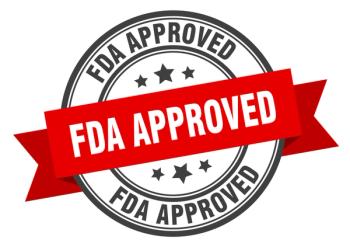
FDA approves Zevaskyn, the first gene therapy for RDEB, offering hope for effective wound healing and pain relief in patients.
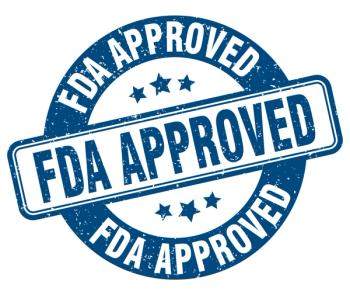
A 15-mg dose with a corticosteroid taper regimen was superior to placebo in sustained remission from week 12 to 52.
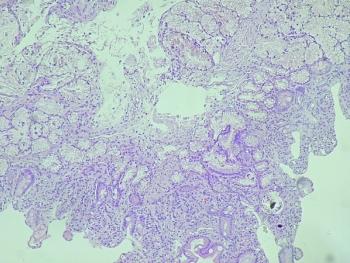
The phase 2 ROME trial demonstrated that combining tissue and liquid biopsies to guide tailored therapy in advanced solid tumors significantly improves survival outcomes compared to standard of care or single-biopsy approaches, highlighting the value of dual profiling in precision oncology.
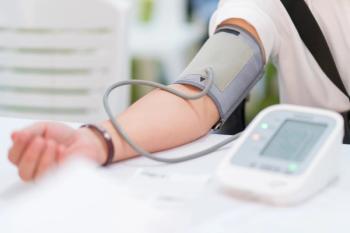
Alongside regular monitoring and pharmacotherapy, key lifestyle changes can help manage and prevent high blood pressure.

Study shows a significant decline in breast cancer mortality across multiple subtypes.

Experts at Asembia’s AXS25 Summit discussed the economics of specialty pharmacy for rare diseases, addressing high treatment costs and strategies for balancing innovation.

Integrating community pharmacists into specialty pharmacy care can enhance patient access, address physician shortages, and expand pharmacists' roles in delivering high-quality clinical services, according to experts at Asembia’s AXS25 Summit.


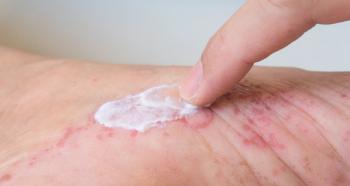
Acneiform rash is a common adverse effect of EGFR-targeting therapies.

No matter what role you are in as a pharmacist, no matter where you work or how long you have been practicing, understand that making a difference in the life of a patient matters.
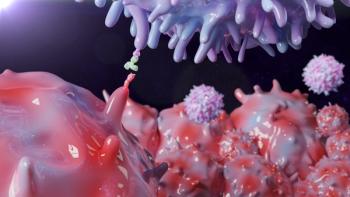
Dostarlimab in the neoadjuvant setting yielded a 100% clinical complete response in patients with rectal cancer.

A phase 2 trial showed that using ctDNA to guide adjuvant pembrolizumab therapy after surgery effectively cleared minimal residual disease and reduced recurrence in patients with resected mismatch repair-deficient (dMMR) solid tumors.

The study found that 4 weeks was the ideal time point to test for cTDNA.

Ochsner Children’s Hospital, in partnership with ISMP, has launched a fellowship to advance pediatric medication safety through hands-on training in key competencies, national safety strategies, interdisciplinary collaboration, and innovative tools such as AI and data dashboards.

Patients Should Also Have a Diet Rich in Fruits, Oily Fish, and Cereals